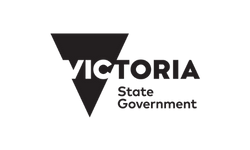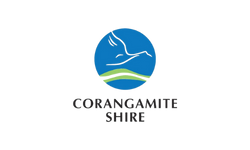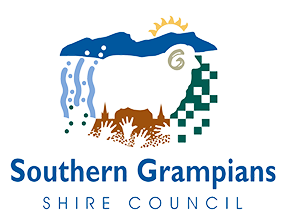
Regional Arts Victoria joined forces with the Victorian Government, the Great South Coast Regional Partnership, Corangamite Shire, Glenelg Shire, Moyne Shire, Southern Grampians Shire, City of Warrnambool and the Great Ocean Road Tourism Board on a strategy to support creative industries in the Great South Coast of Victoria.
The strategy builds on the long-term partnership already in place between these groups, and provides a roadmap for supporting creative industry practitioners, organisations and supporters in the southwest of the state.
What It Means: A Creative Industries Strategy for South West Victoria links directly to advocacy coming out of the Great South Coast Regional Partnership conversations and carried forward by Regional Arts Victoria’s partnerships with local government and the southwest community.
The 2025-2029 Strategy is currently in development.
You can stay up to date via the Facebook Page – Regional Arts Victoria – South West where our local Regional Manager shares opportunities, grants and updates from across the region.
More Information
The Strategy’s primary goal is to foster sustainable and beneficial creative industries in Victoria’s Great South Coast. The Strategy focusses on identified priorities that will support, develop and celebrate the creative industries in the region, with the knowledge that the creative industries assists regional communities to thrive.
Seven key objectives formed the focus of the first strategy 2020-2024; First Nations; the South West Story; Data Collection; Testing Grounds; Professional and Enterprise Development; Creative Hubs and Youth Programs.
The first Strategy leveraged significant funding, assisted in creating beneficial and sustainable creative industries, and helped shape the creative identity of the region. Following the success of the first Strategy, a second iteration is currently in development for 2025-2029.
The Creative Industries Strategy lays the groundwork for partnerships and projects across the region that will grow the region’s creative identity. It is a benchmark document that the community can use to leverage funding and influence and make the case for their vision to have the arts more prominently regarded as useful across many sectors.
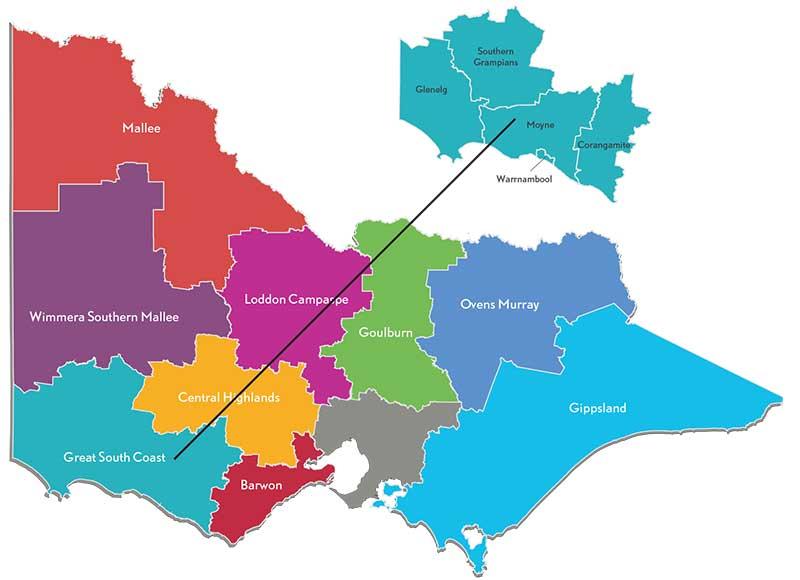
The Great South Coast Regional Partnership is based in the south-west of Victoria, reaching from the Shipwreck Coast to the South Australian border.
The five municipalities that comprise the Partnership are the Corangamite Shire; Glenelg Shire; Moyne Shire; Southern Grampians Shire; and the City of Warrnambool.
You can read more about the region, and the Partnership, at the Regional Development Victoria website.
This Strategy will impact upon lands and waters over which a number of First Nations’ Traditional Owner and language groups hold custodianship. Registered Aboriginal Parties and Native Title Holders in the region include the Barengi Gadjin; Eastern Maar; Gunditj Mirring; and Wathaurung Aboriginal Corporation.
Traditional Owners and language groups in the southwest include people who identify as Bunganditj, Djabwurung, Djargurdwurung, Gunditjmara, Jardwadjali, Kirrae Whurrung, Kuurn Kopan Noot Maar, Peek Whurrong, Tjap Wurrung, Yarro waetch (Tooram Tribe), Wadawurrung, and Wotjobaluk.
Each has individual and interconnected stories, sites, practices and ambitions for their communities stretching back millennia.
We acknowledge the land on which we live and work, and pay our respect to the First Peoples on all of these lands and those that surround them.
A regional-level strategy allows us to work together on common challenges and opportunities, rather than approach them in isolation.
Traditional Owners, artists, federal government, state government, local government, tourism groups, not-for-profits, peak bodies, and businesses are just a few of the many and varied groups working in the creative industries across the region.
Building on what is already being achieved, as well as strengthening some of the long-term partnership already in place, is a way to build a roadmap for supporting practitioners, organisations and supporters in the southwest of Victoria.
It also presents an opportunity for people living and working in the area to take a leading role in shaping outcomes for the creative industries that impact locally.
In many years working in the southwest of Victoria, Regional Arts Victoria has never found the region to be short of ideas. A strategic approach like this allows us to determine how we can join forces to turn these ideas into action.
The South West Creative Industries Strategy aligns closely with the Victorian Government’s state-wide strategy to guide growth and investment in the creative industries; Creative State (find out more here).
Regional Arts Victoria and Creative Victoria work closely to ensure that insights are shared in both directions, with a representative from Creative Victoria sitting on the Project Control Group for the South West Creative Industries Strategy.
This helps ensure that state government has an understanding of southwest priorities and insights, what’s happening on-the-ground in the regions and helps to advocate for the sector more broadly.
As part of the development of ‘Creative State’, Victoria’s first Creative Industries strategy, Creative Victoria stated:
“Creative industries are an evolving mix of sectors spanning arts, culture, screen, design, publishing and advertising. They cover disciplines as diverse as game development and graphic design, fashion and filmmaking, performing arts and publishing, architecture and advertising, media and music, comedy and craft. They include activities that are commercially-driven and community based, experimental and export-intense.”
The South West Creative Industry Strategy development will take a similarly broad approach in considering the diverse fields that contribute to cultural, economic and social life in the southwest of the state.
The creative ecologies survey was one of the data gathering methods used in the project to map the Great South Coast’s creative ecology. The purpose of the survey was to:
- Collect hard data about the region’s creative and cultural actors, their activities and behaviours
- Capture community aspirations for themselves, their locale and the region
- Gain insight into how the creative ecology functions, and
- Provide a community engagement vehicle for the project stakeholders.
The data collected fed into the final Creative Ecology report, which mapped the region’s actors and activities and provides a health check against the Creative Ecology Domains.
Target respondents were divided into four categories:
- Individual creatives (professional and amateur)
- Creative professionals (working within creative and non-organisations)
- Arts workers (from arts organisations and businesses that support creative activities)
- Consumers of creative output (the wider community and advocates).
The survey was open between 8 July and 13 September 2019. It was promoted by the Project Control Group stakeholders through their networks, with supporting digital and print advertising undertaken by Regional Arts Victoria.
This report provides an overview of the responses and highlights key notable findings.
The Strategy work is led by Regional Arts Victoria and key partners, including a governance group and an advisory group:
Project Control Group
The Project Control Group consists of representatives from state and local governments, a regional tourism board and a representative of the project advisory group. These include key personnel invested in the creative sector, from:
- Creative Victoria
- Regional Development Victoria
- Great Ocean Road Tourism
- Corangamite Shire Council
- Glenelg Shire Council
- Moyne Shire Council
- Southern Grampians Shire Council
- Warrnambool City Council
The role of the PCG is to provide advice and recommendations to support the progression of the Strategy and to ensure the strategy reflects the Great South Coast’s needs and priorities, to identify opportunities, facilitate connections and to advocate for the creative industries, including acting as a conduit to State Government.
Project Advisory Group
The Strategy is supported by a Project Advisory Group who represent a broad knowledge of the arts and their communities. They provide cross-sector industry insights, spread awareness and act as advocates of the Strategy.
Loren Tuck has over 10 years of strategy and project management experience in local government, emergency services and festivals. She has formal qualifications in journalism, education and emergency management and is currently leading delivery of new national hydrogen training programs and other clean energy projects with Deakin University. As a member of Port Fairy Winter Weekends for six years, she loves exploring how creative industries and projects can energise southwest Victorian communities to be more connected to place, to each other and to the world at large.
Shane Bell has an established background in Aboriginal community development and governance in both a professional and community level. Shane is an advocate in the conversations and aspirations the community have towards self-determination. Shane is committed across sectors to working closely with community and stakeholders on strategic planning to confront critical social issues relating to positive family relationships and improving community access to economic outcomes such as education, employment and training.
Anthea Rafferty is a passionate visual artist and educator residing in Warrnambool. Her teaching and artistic practice are inspired by her love of learning, experimentation and the connectedness she feels when working with individuals or groups in the community. Anthea continues to build capacity through her advocacy for the arts, underpinned by the belief that visual arts can enrich and change lives. Anthea holds both Bachelor of Arts majoring in Fine Arts Studio and Graphic Design and a Graduate Diploma of Education, Secondary. Anthea is currently working full-time at Warrnambool College teaching Media, Visual Communication & Design, Architecture, Art and Ceramics to students from years 7 to 12.
Annabel Cussen has lived and worked in Warrnambool for most of her life and has a deep passion for community led projects with genuine social impact. A mother of two, (and wife to one) she is the Executive Officer for the South West Community Foundation, Chair of the are-able Board and a board member of the Leadership Great South Coast program. Her professional background covers both government and not-for-profit sectors across the fields of economic development, communications, community engagement, education, grants management and philanthropy.
Jayden Bath is the founder and festival director of Loch Hart Music Festival, and a planning and environment lawyer at MinterEllison. Loch Hart Music Festival is a three-day music and arts festival hosted on the Great Ocean Road in Princetown. Launching in 2018, Loch Hart has hosted over 40 Australian acts, 5 comedians, and grown to almost 1,000 attendees. In 2020, Loch Hart was a long-list finalist for Music Victoria’s Best Festival Award, and Jayden was listed in The Music Network’s 30 Under 30 Awards. As a lawyer, Jayden specialises in obtaining planning and environment approvals for major projects and developments.
Sherry Johnstone is a proud Keerray Woorroong woman and artist. She has worked in the local Aboriginal community for the last 27 years, providing cultural and educational support to Aboriginal children as a Koorie Educator. In 2019 Sherry became the first, First Nations Curator of Cultural Engagement at the Warrnambool Art Gallery for two years before resigning to become a full time Contemporary Aboriginal Artist running her own business, Spirit and Soul Creations. Sherry is passionate about sharing her culture to help create a greater understanding and awareness, building respectful relationships, moving towards a better future working together.
Regional Arts Victoria
Regular meetings are coordinated by a Regional Manager, who leads the delivery of objectives from the Strategy alongside partnering organisations. The work is also supported by the broader team at Regional Arts Victoria, including its CEO and Director, Partnerships and Programming (formerly Director, Strategic Initiatives).
Stacey Barnes, Regional Manager – South West
Strategy Timeline
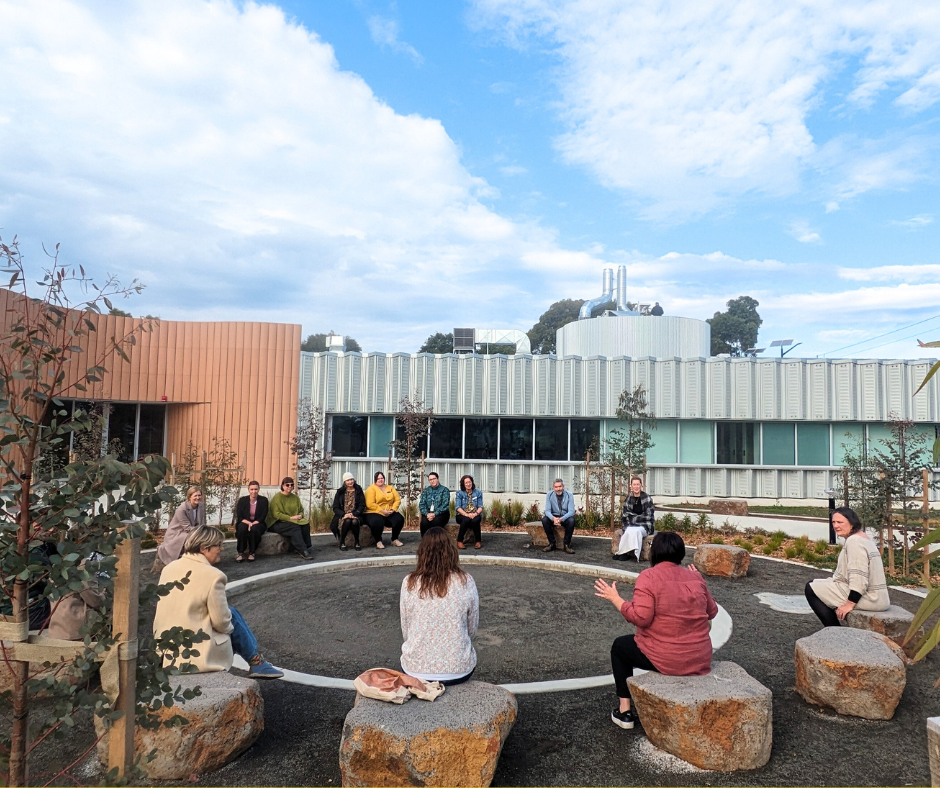
Strategy Development and Consultation for SWCIS # 2
With a strong appetite to recommit to another 4-year strategy, the strategic partners are currently working on developing a new Strategy for the period 2025-2029 in consultation with key stakeholders and community. A draft strategy will be shared publicly for feedback in late 2024.
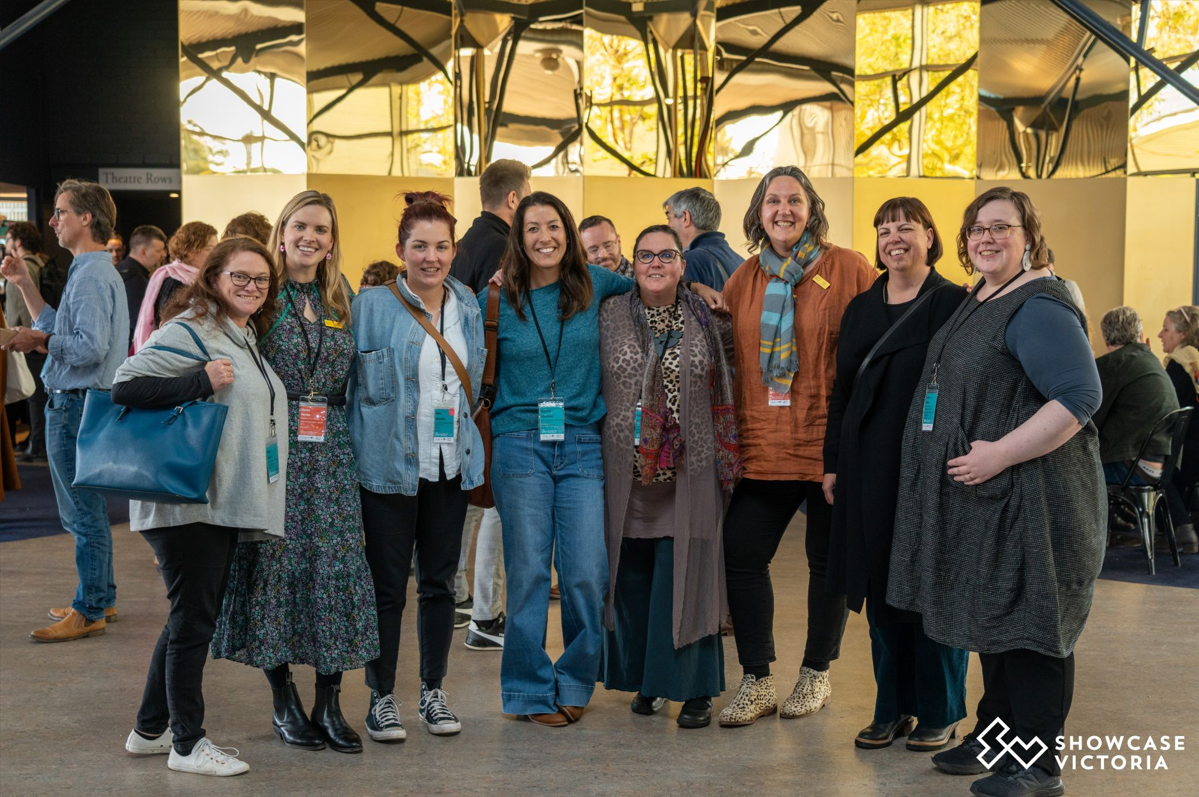
2020-2024 Evaluation
Evaluation of the South West Creative Industries Strategy 2020-2024 shows that a collaborative regional approach is working to uplift the sector across the Great South Coast of Victoria.
The region has benefitted from $2.1 million in directly leveraged funding and a further $10 million for projects and venues aligning with strategic aims.
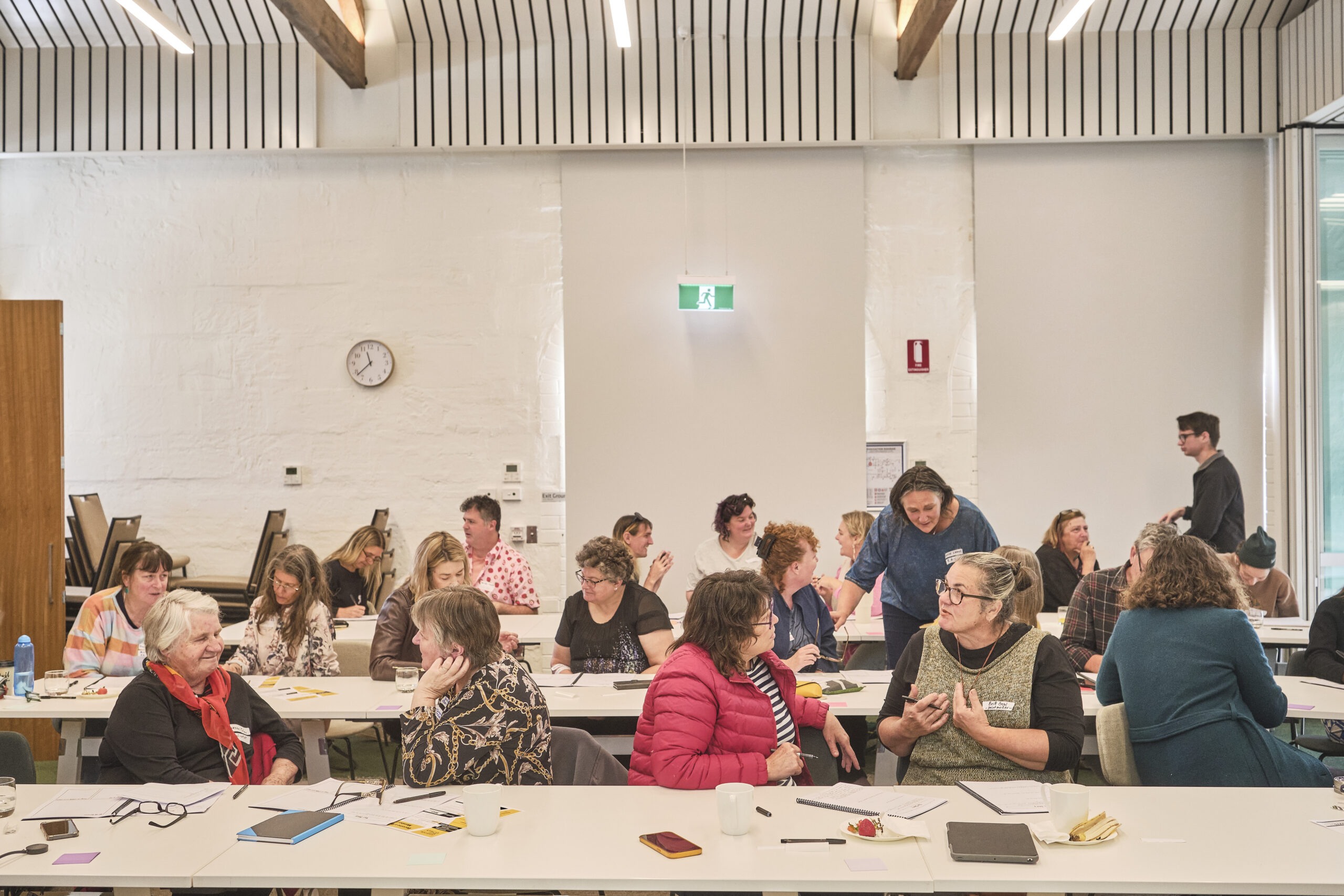
SWCIS 2020-2024 Strategy Evaluation
An evaluation of the first Strategy 2020-2024 draws on consultation with stakeholders, poll responses and previous reports, with a focus on impacts to the sector. The evaluation will be ready for public viewing late 2024.

Creative Confidence Indicator Poll
This annual poll for artists and creatives in the Great South Coast is a pulse-check to shed light on how the community feels about their creative practice now and in the future. Insights also help to review the impact of the South West Creative Industries Strategy.

Build Up, Reach Out Program
Funded by Fletcher Jones Family Foundations, RAV delivered 3 days of professional development activities for local creatives. This included 1:1 meetings with visiting industry experts, a marketing workshop and networking panel discussion.

Mid Strategy Review

Creative Confidence Poll

Creative Leaders Mentors and Mentees Announced

Storytellers in Residence Launched
As part of the Creative Leaders program 2020-2022, two Storytellers in Residence were engaged to reflect the unique aspects of the southwest through the eyes of young creatives.
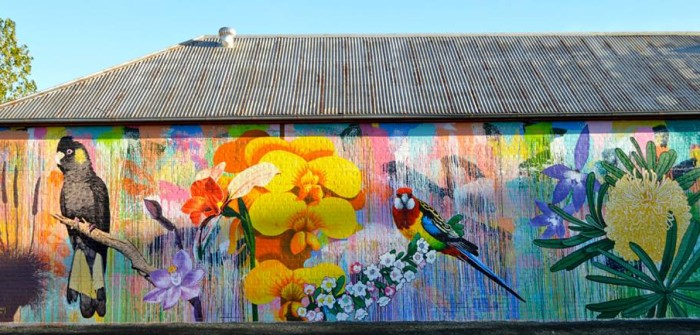
Creative Infrastructure Pipeline Project
50 projects assessed to inform the region’s creative infrastructure needs as well as high impact opportunities for enhancing the region’s creative industries. This enabled articulation of a regionwide need for activating creative spaces, identified significant priorities and opportunities, and strengthened the research and knowledge behind the Strategy.

Creative Leaders Project Launched
A mentoring program to develop young creatives’ arts experience and skills funded by the VicHealth Everyday Creativity fund.
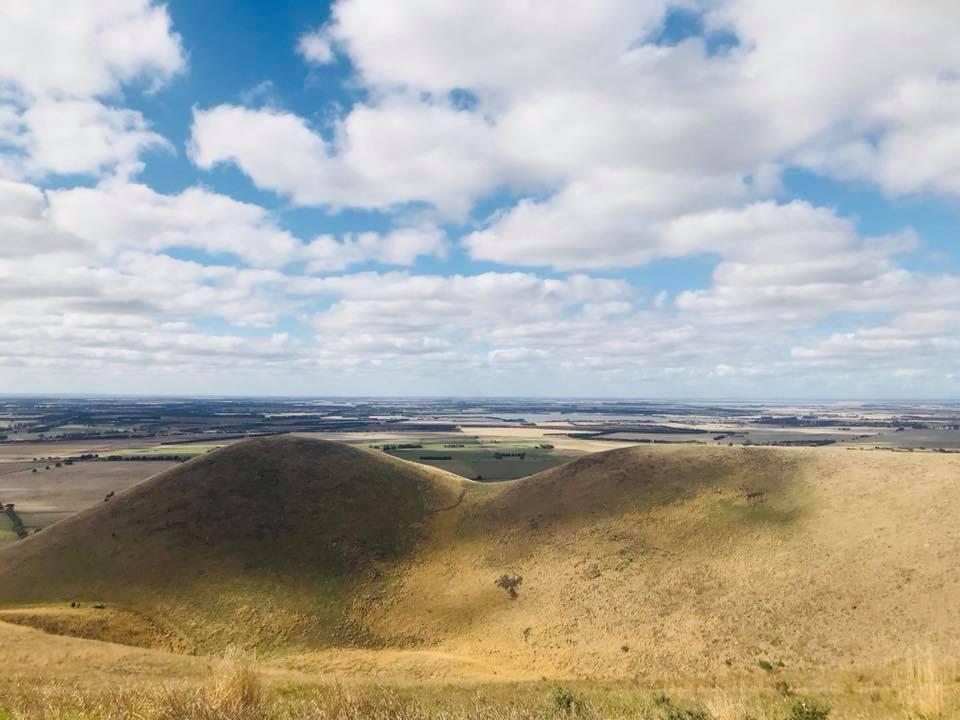
Final Strategy Released
A four-year plan with seven key objectives; First Nations; the South West Story; Data Collection; Testing Grounds; Professional and Enterprise Development; Creative Hubs and Youth Programs.

Draft Strategy released for comment
Members of the creative community were asked to provide feedback to complete the final strategy.

Strategy Reviewed
With the significant challenges posed by COVID-19 on the creative sector, the draft strategy was reviewed and updated to make room in the four-year plan for a recovery and renewal period post-COVID-19.
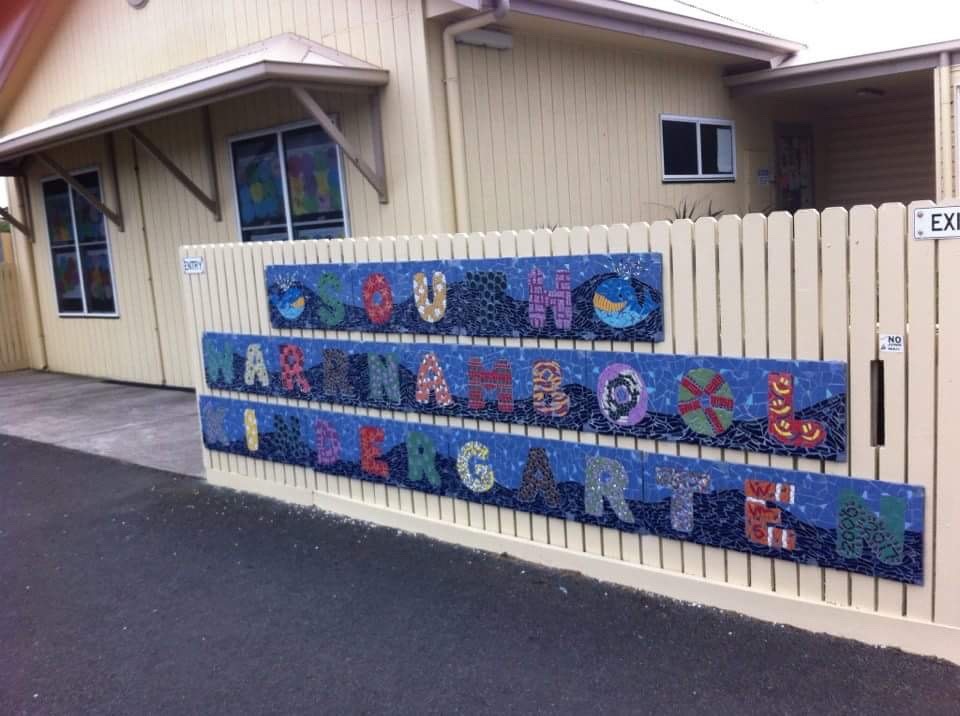
Evidence Summarised
Summary responses and reports were collated to summarise the evidence collected to support the Strategy, including:
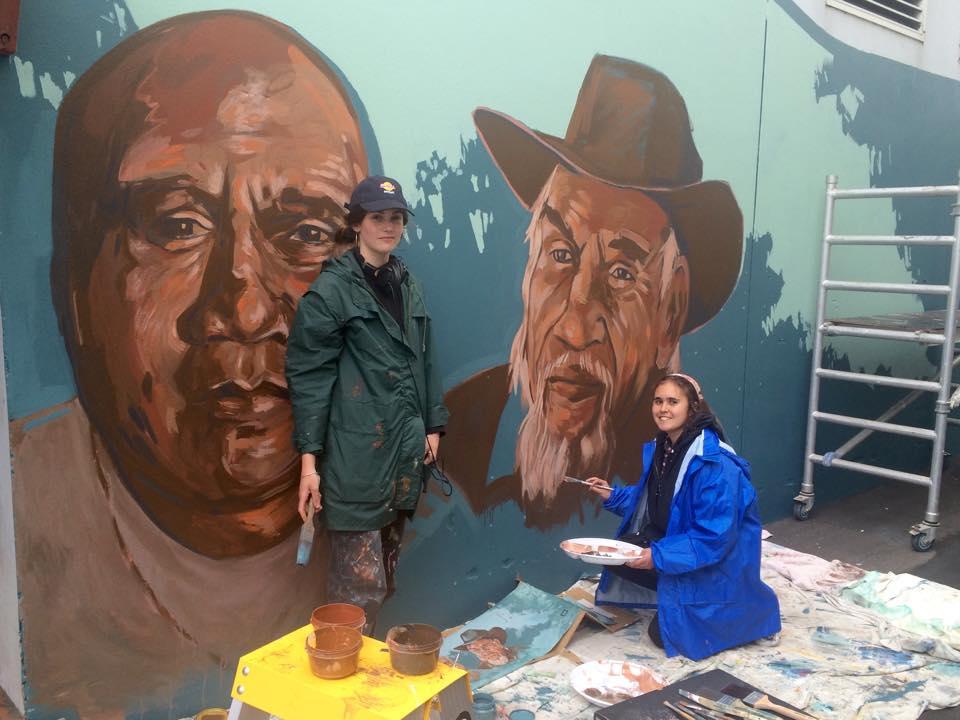
Creative Ecology Survey
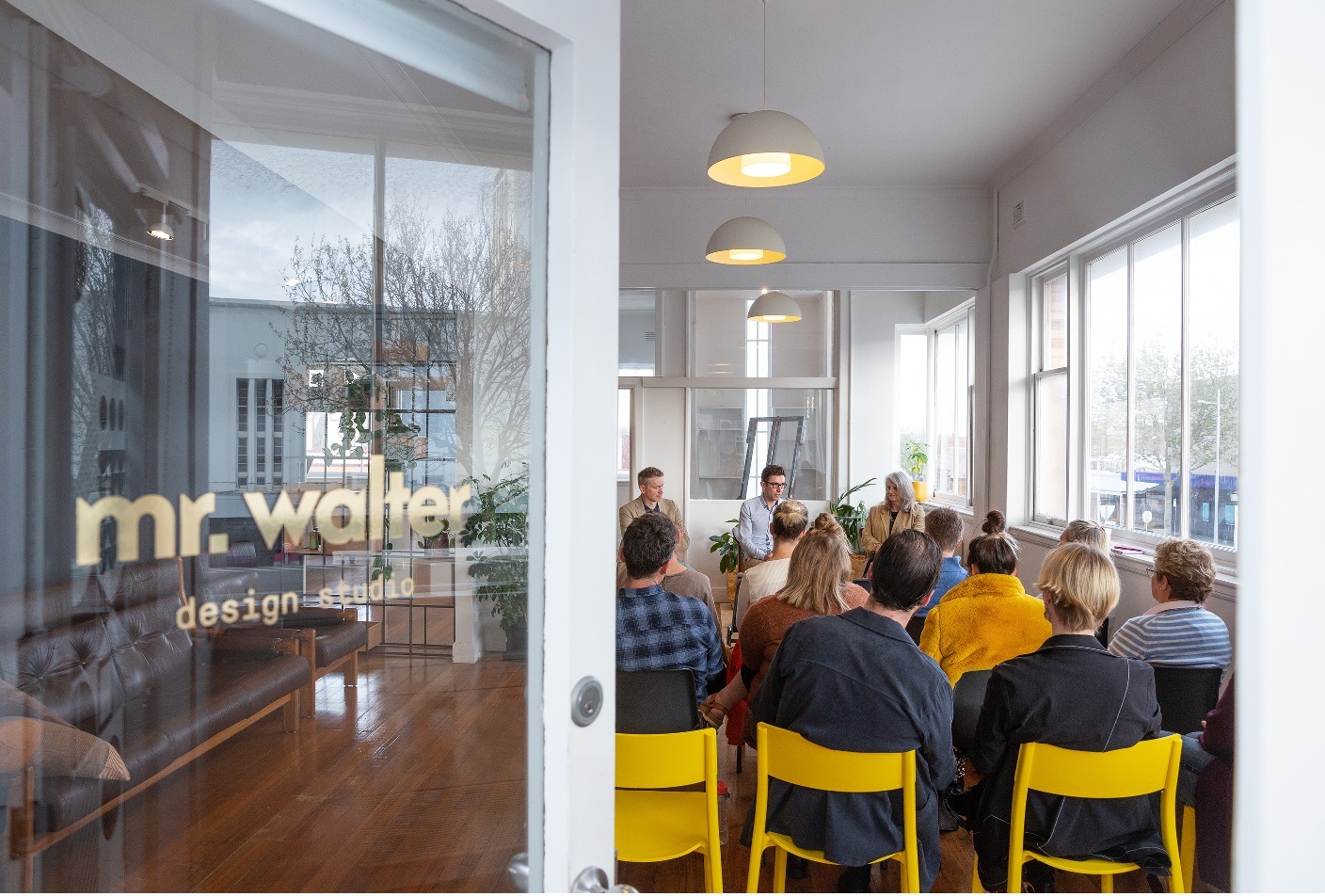
Community Consultation
A robust consultation period included 72 individual or group consultations, 4 industry-expert led community events with over 250 attendees, 1 open survey completed by 139 people and the review of 124 existing policy or strategy documents.
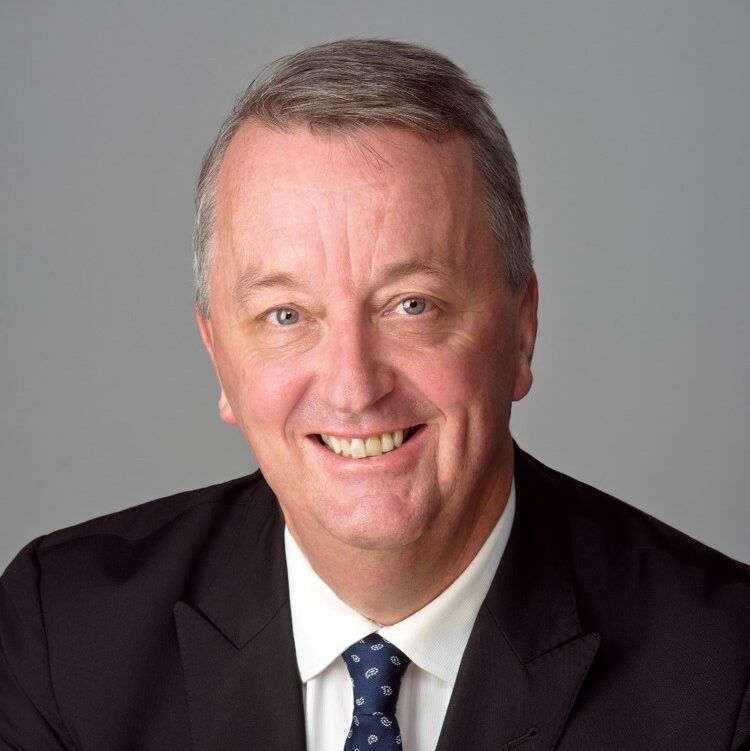
Project Launch
2019’s State Government Minister for Creative Industries, Martin Foley launched the project and kicked off the community consultation period. This called for insights and ideas to create a roadmap for fostering growth and supporting the many creative and cultural businesses, practitioners, venues, attractions and festivals that call the region home.

Strategy Development
Once the brief from the Regional Assembly was defined, a Project Control Group advised Regional Arts Victoria on the development of the Strategy, with representatives from: Aboriginal Victoria, City of Warrnambool, Corangamite Shire, Creative Victoria, Glenelg Shire, Great Ocean Road, Regional Tourism Board, Moyne Shire, Regional Development Victoria, Southern Grampians Shire, and The Great South Coast Regional Partnership.
Expert policy development advice was provided by the Cultural Development Network, and Future Tense led a creative ecology mapping exercise to add significant analytic support to researching the Strategy.

Identification of need
The need for a strategy was identified during 2018’s Great South Coast Regional Assembly in Hamilton. Hosted by Regional Development Victoria, this event enabled the local community to engage directly with government on priorities for the area. Learn more about Regional Assemblies in this video.
The resulting logic map identified three purpose statements for such a strategy:
- To identify a coordinated approach to support and promote Creative Industries within the region
- To develop a strategy that reflects the point of difference of the Creative Industries in the region
- To enhance the potential reach, impact and sustainability of creative industries.
This set the wheels in motion for RAV to lead the development of the South West Creative Industries Strategy alongside partners from the Great South Coast.


